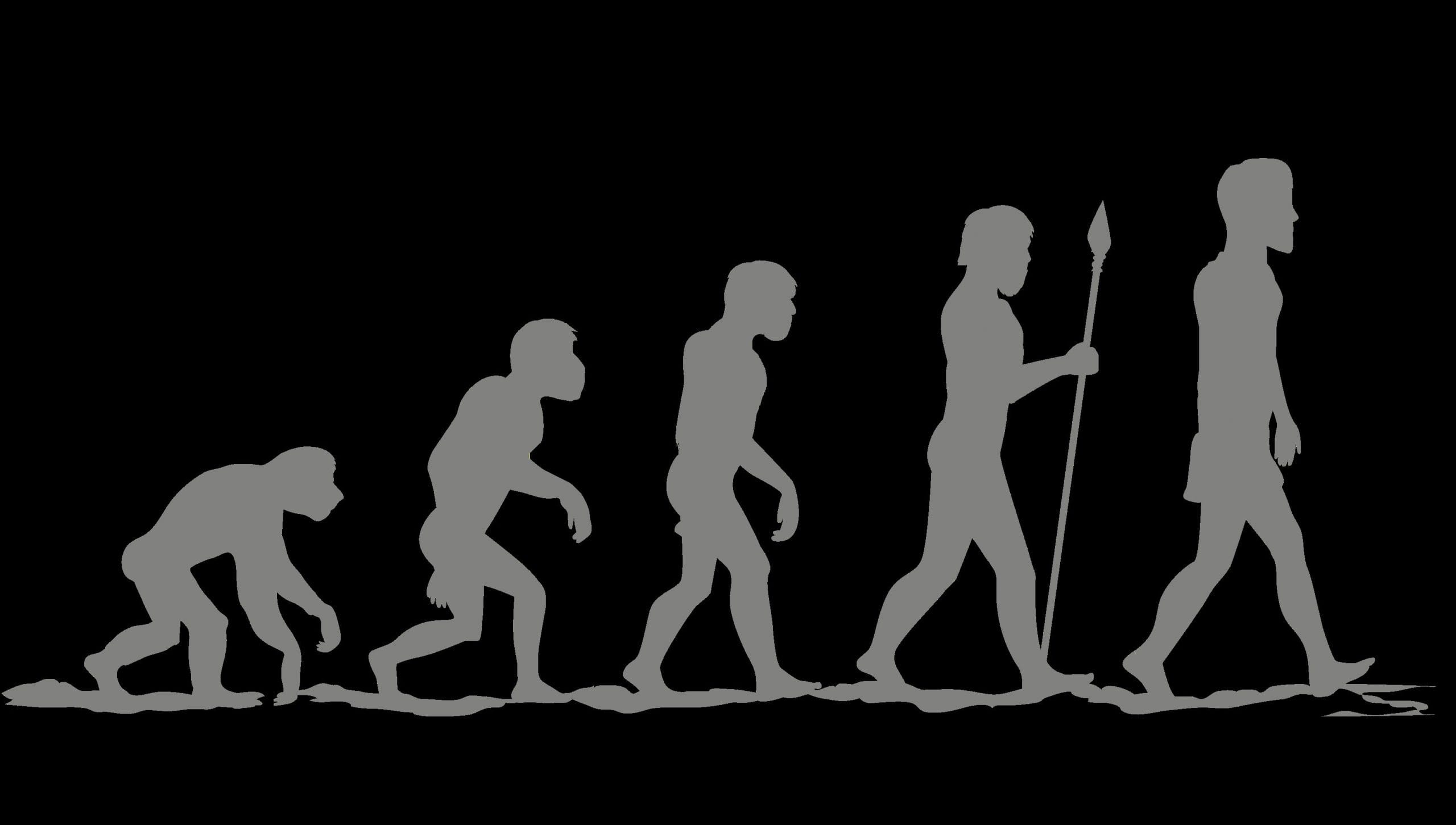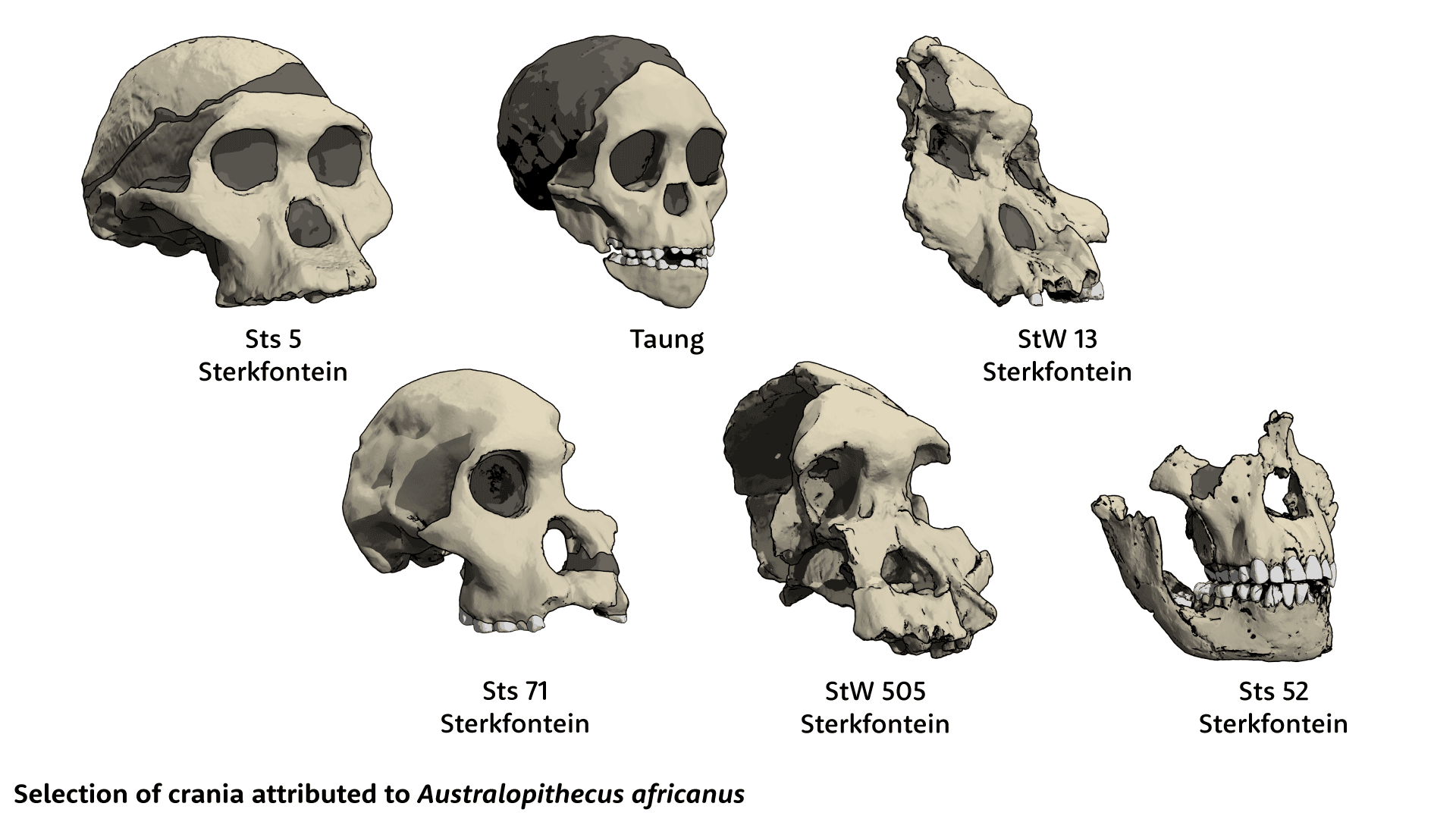
Researchers in Ethiopia recently made a significant discovery, having unearthed fossilized teeth from an ancient human species that was previously unknown in the evolutionary history of humans.
- Researchers uncovered fossilized teeth of a previously unknown Australopithecus species in Ethiopia.
- These fossils date back 2.65 million years and were found alongside the oldest known Homo species’ teeth.
- This discovery indicates coexistence between at least four different hominin species in East Africa at the time.
The fossil dates back about 2.65 million years. The discovery, which was unearthed in the Afar Region’s Ledi-Geraru region, provides fresh insight into a crucial and little-known phase of early human history.
Ten teeth from two people were found in the discovery: six molars, two incisors, one premolar, and one canine.
SEE ALSO: Ancient human footprints reveal multiple species interaction in Kenya
These were found to belong to a new species in the genus Australopithecus, which is a group of early human progenitors distinguished by a combination of human and ape-like traits.
Only six species of Australopithecus have been discovered from fossil sites in Africa thus far. This is the genus’s seventh recognized species.
Adding to the significance, scientists discovered three more teeth in the same location that were dated to 2.59 million years ago and belonged to the oldest known species of Homo.
This is the same early human species that was found in 2013 using a neighboring jawbone.
Existence of different human species in Africa
The age and location of these fossils point to a surprising overlap: this newly found Australopithecus species coexisted with early Homo in the same region, raising fascinating concerns regarding resource rivalry and ecological relationships.

This cohabitation implies that about 2.6 million years ago, at least four separate hominin species lived in East Africa, including another Australopithecus species and a Paranthropus species specialized for intensive chewing.
“This reinforces the idea that the story of human evolution is not of a single lineage changing slowly through time,” said University of Nevada, Las Vegas paleoanthropologist Brian Villmoare, lead author of the research published on Wednesday in the journal Nature, opens new tab.
DON’T MISS THIS: 5 African countries get a new UNESCO World Heritage site
“Rather, the pattern of human evolution is similar to that of other organisms, repeatedly branching into multiple species throughout the fossil record, many of whom lived at the same time,” Villmoare added.
By examining the 13 teeth, the researchers hope to get insight into the type of contact that may have occurred between the Australopithecus and Homo species, as reported by Reuters.
“We are currently analyzing teeth to see if we can tell if they ate the same thing,” said Arizona State University paleoecologist and project co-director Kaye Reed.
The age of the fossils was estimated using argon dating on feldspar crystals found in volcanic ash layers in the sediment.
While the Afar Region is now one of the world’s hottest and driest environments, it was once a beautiful ecosystem with rivers, small lakes, and a variety of animals, including giraffes, elephants, saber-toothed cats, and hyenas.












